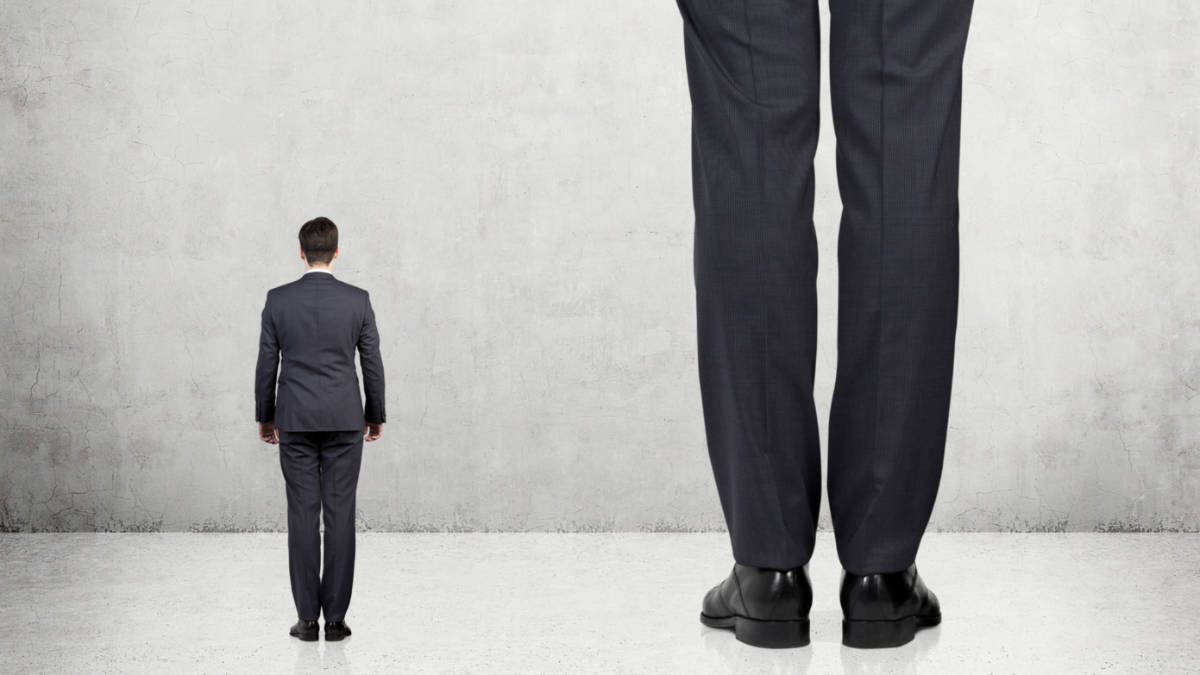These ASX graphite players are helping make Africa the world’s largest graphite producer

Pic: Getty Images
Graphite is the single, largest component by weight in lithium-ion batteries, with electric vehicles requiring ~55kg of flake graphite for the anode – the negative electrode responsible for storing and releasing electrons during the charging and discharging process.
In fact, nearly all the different types of lithium-ion battery chemistries – be they nickel-cobalt -aluminium (NCA), nickel-cobalt-manganese (NCM), or lithium-cobalt-oxide (LCO) rely heavily on graphite for their anodes.
To this day, graphite is still the only commercially proven anode material, but the problem is – if we hit forecasts of 40m EVs per year by 2030, that’s another ~2.2Mt of extra demand per year.
This means on top of the ~70 mines currently operating globally we need another 97, 56,000tpa natural flake graphite mines by 2035, Benchmark Mineral Intelligence (BMI) says.
Amid a looming supply shortage, the question on everyone’s lips is where is all this graphite going to come from?
Eyes are now turning towards Africa, which experts say could overtake China as the world’s largest producer of natural graphite as soon as 2026, in a sign of the continents growing importance to the electric vehicle supply chain.
Graphite in Madagascar
The unassuming island country off the south-eastern coast of Africa is likely to double its production of graphite in the next six years from new mining projects.
BMI says flake graphite supply from Madagascar will reach more than 300,000tpa in 2028, marking a new wave of graphite mines entering the market.
Instead of targeting the refractory and foundry industry, BMI says these mines will provide material for the ever-expanding lithium-ion battery market.
LON-listed Tirupati Graphite started processing flake graphite out of its Sahamamy facility in February this while Canada’s NextSource Materials kicked off the construction works on a graphite processing plant at its Molo project, one of the largest graphite mines in the country.
ASX companies like Evion Group (ASX:EVG), based in southern Madagascar, are attracting attention from leading graphite users seeking bulk samples for testing, with half of its Maniry project’s planned production slated to supply the Battery Anode Material plant its proposes to build with Urbix in Europe.
In an interview with Stockhead, Evion managing director Tom Revy said Madagascar is quickly becoming ‘the preferred’ location and source of natural graphite with a 100-year history of graphite production and export.
“This is one of the main reasons why we decided to go there, because of its long history – it is almost self-fulling in a way, it is a logical place to go if it has a successful history in exploration, development, production and export.
“But even ignoring graphite, the country is extraordinarily perspective for base metals, precious metals, and mineral sands as well,” he explains.
“The country has such a breadth of mineral diversity and opportunity, and the quality of the material is exceptionally well-regarded.
“The US geological survey a long time ago said the coarse nature and high purity of the flake basically makes Madagascan graphite the global standard for the graphite industry.”
Other ASX players in Madagascar
Post two years of production, Greenwing Resources (ASX:GW1) is advancing studies with a view to ultimately recommencing at materially higher volumes at the Graphmada mine near the town of Brickaville on the east coast of Madagascar.
Graphmada successfully produced to all concentrate specifications from Super Jumbo Flake concentrates through to Fine Flake concentrates selling into all major markets including the USA, EU, India, China and Japan.
Graphmada has in place a bunch of 40-year mining leases and sits 100kms from the country’s only deep water port at Tamatave (Tomasina) with developed mine infrastructure.
Starting with an initial resource of only 5.4Mt, the company has grown this to a recently updated mineral resource of 61.9Mt at 4.5% Fixed Carbon (FC), resulting in contained graphite of 2,780t. This resource has been proven to produce all concentrates from with a record of zero penalties or rejection from its two years of export.
With graphite product quality confirmed by end users, the company is now focusing efforts on developing financing plans and partnership opportunities ahead of feasibility studies and further expansion.
Graphite in Tanzania
Tanzania’s graphite reserves are ranked amongst the top 10 largest in the world – in 2021 the country’s estimated graphite reserves were 18Mt, or 5.4% of global supply.
In April, two ASX-listed graphite companies (Evolution Energy Minerals and EcoGraf) inked agreements from the Tanzanian government as part of the president’s drive to fast-track negotiations on long-pending mining projects.
Under the deals, Tanzania will hold a 16% stake in jointly established companies to operate the projects.
Evolution Energy Minerals (ASX:EV1) updated a definitive feasibility study (DFS) for its Chilalo graphite project in southern Tanzania in March, which highlighted robust economics with a post-tax net present value of US$338m and a 32% post-tax internal rate of return.
Chilalo will operate at a US$841/tonne (or 52%) operating margin, largely due to its world-leading flake size, with initial capex estimates around the US$120m market.
Meanwhile, Black Rock Mining’s (ASX:BKT) Mahenge project, also in south-eastern Tanzania, is believed to be one of the largest and most advanced project’s in the country with the potential to produce 347,000tpa of flake graphite concentrate.
It hosts a resource of 213Mt at a grade of 7.8% total graphitic carbon (TGC), making it the fourth largest graphite resource in the world.
And EcoGraf (ASX:EGR) is developing the Epanko Graphite project, which represents a long-term expandable source of high-quality natural graphite and scalable supply of feedstock for EcoGraf’s battery anode material processing facilities.
Using its environmentally superior EcoGraf HFfree purification technology, the company plans to upgrade the flake graphite to produce 99.95%C high performance battery anode material to supply electric vehicle, battery and anode manufacturers in Asia, Europe and North America as the world transitions to clean, renewable energy.
Graphite in Mozambique
Mozambique is the world’s third largest graphite producer, hitting outputs of 110,00mt in 2022.
The country’s largest mine is the Balama graphite operation owned and operated by Syrah Resources (ASX:SYR).
The mine was commissioned back in 2017 when Africa had only a few small operations in Namibia and Madagascar.
Production at Balama more than doubled to 163,000t in 2022 from 72,000 tonnes the year before, as improved recoveries and stable grades offset the impact of 41 days of industrial action at the site between September and October last year.
During the March quarter, the company sold and shipped 30,000t of natural graphite and produced around 41,000t.
Other ASX players in Mozambique include Triton Minerals (ASX:TON) who recently announced plans to re-commit to the large-scale development at the Ancuabe project in a bid to cash in on the strong and increasing demand for graphite from both battery and industrial applications.
The move was well supported by its proposed cornerstone shareholder, Shandong Yulong, who poured a $5m conditional investment into the project.
Shandong Yulong is willing to provide Triton with additional expertise in a number of disciplines including engineering, mining technology and construction.
At Stockhead we tell it like it is. While Evion is a Stockhead advertiser, it did not sponsor this article.
Related Topics

UNLOCK INSIGHTS
Discover the untold stories of emerging ASX stocks.
Daily news and expert analysis, it's free to subscribe.
By proceeding, you confirm you understand that we handle personal information in accordance with our Privacy Policy.








